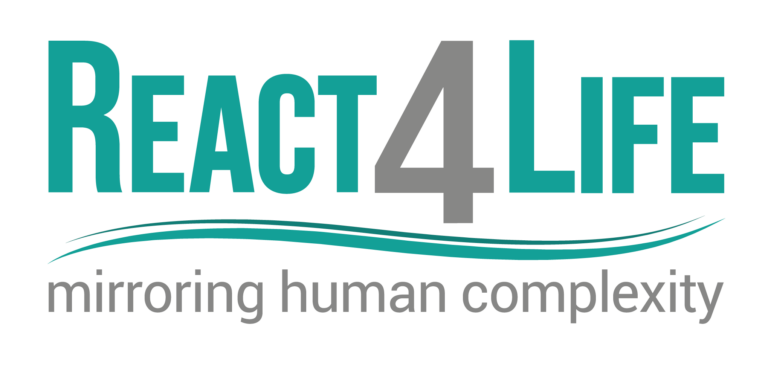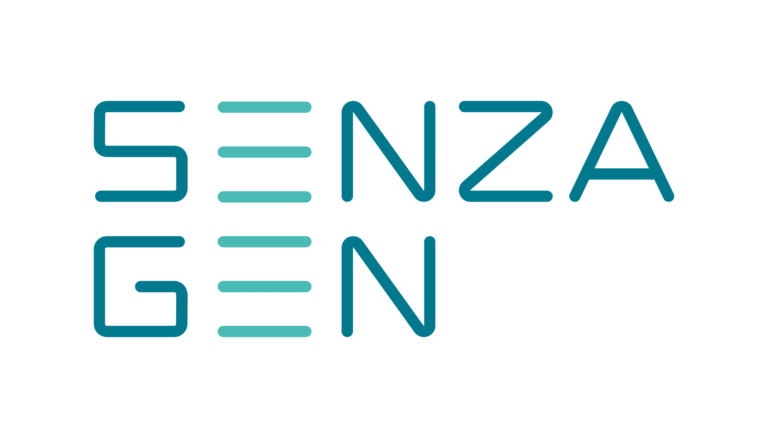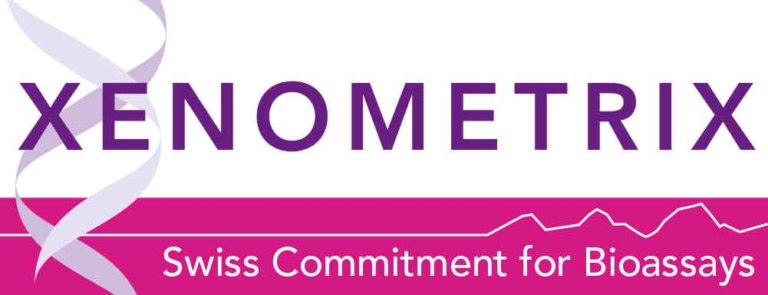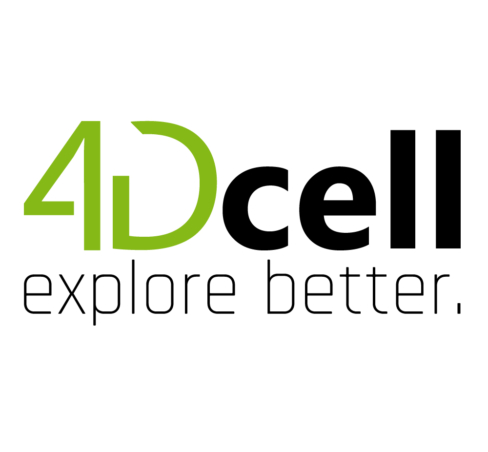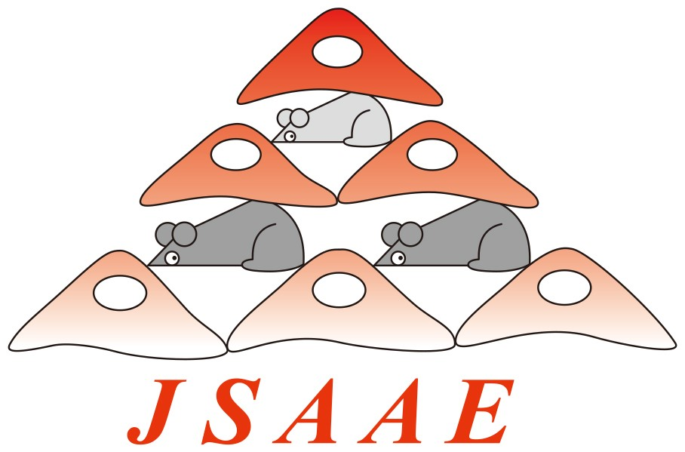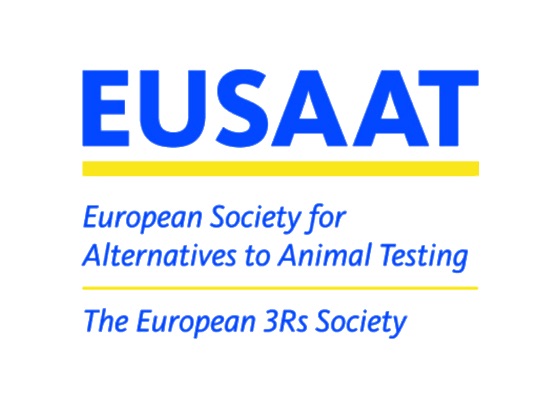This book summarizes early pioneering achievements in the field of human neural stem cell (hNSC) research and combines them with the latest advances in stem cell technology, including reprogramming and gene editing. The powerful potential of hNSC to generate and repair the developing and adult CNS has been confirmed by numerous experimental in vitro and in vivo studies. The book presents methods for hNSC derivation and discusses the mechanisms underlying NSC in vitro fate decisions and their in vivo therapeutic mode of action.
The long-standing dogma that the human central nervous system (CNS) lacks the ability to regenerate was refuted at the end of the 20th century, when evidence of the presence of neurogenic zones in the adult human brain was found. These neurogenic zones are home to human neural stem cells (hNSCs), which are capable of self-renewing and differentiating into neurons, astrocytes and oligodendrocytes. NSCs isolated from human CNS have a number of clinical advantages, especially the innate potential to differentiate into functional neural cells. Nevertheless, their full clinical exploitation has been hindered by limited access to the tissue and low expansion potential. The search for an alternative to CNS sources of autologous, therapeutically competent hNSCs was the driving force for the many studies proving the in vitro plasticity of different somatic stem cells to generate NSCs and their functional progeny. Now the era of induced pluripotent stem cells has opened entirely new opportunities to achieve research and therapeutic goals with the aid of hNSCs.
 The ESTIV Members Area
The ESTIV Members Area



